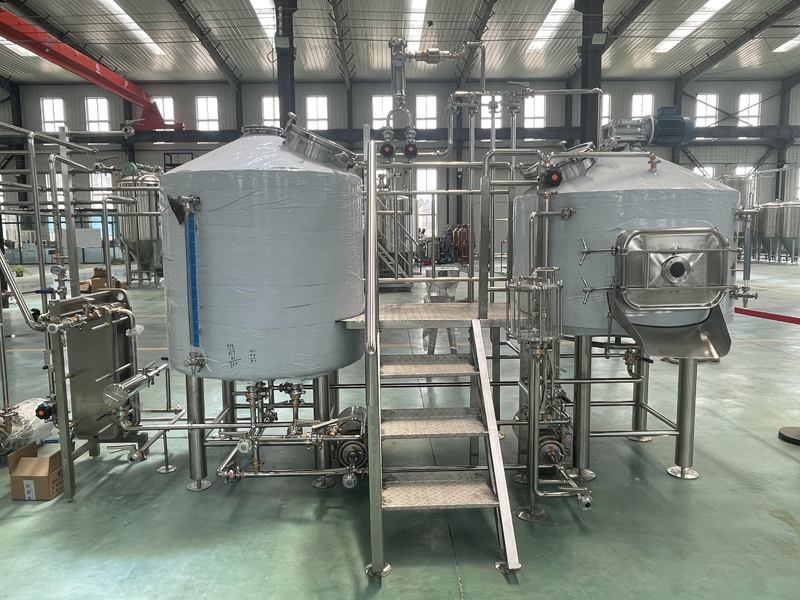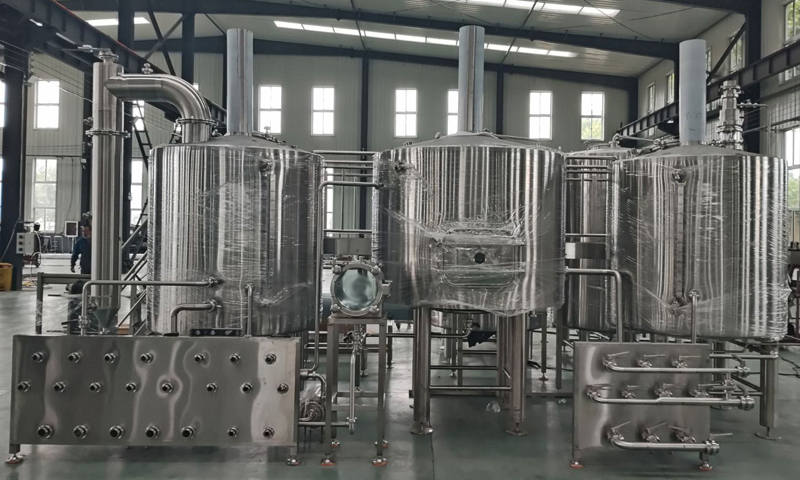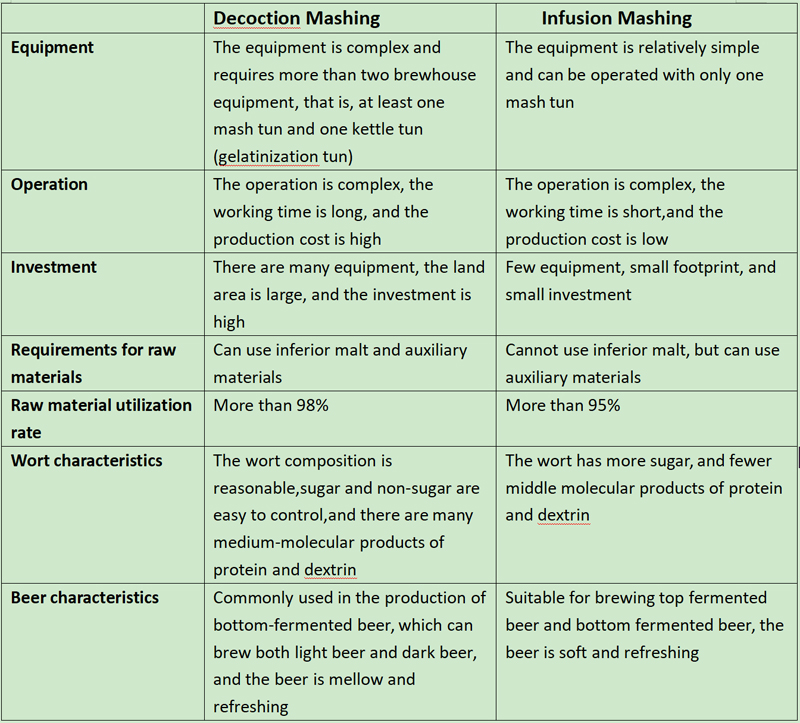What are the Mashing Methods of Beer?
Mashing is a crucial process in beer brewing, involving the conversion of starches into fermentable sugars, which yeast then transform into alcohol and carbon dioxide. The mashing process is where the turning grains into beer begins. Understanding the different methods of mash can help brewers optimize their brewing process to achieve the desired beer characteristics. This article explores the primary smashing methods used in beer brewing.
1. Infusion Mashing
2. Decoction Mashing
3. Cereal Mashing
1. Infusion Mashing
Infusion mashing is the simplest and most common method, particularly favored by home-brewers and craft breweries. This method involves steeping crushed malted barley in hot water at a constant temperature. The temperature is typically maintained between 148-158°F (64-70°C), depending on the desired beer profile.
Single Infusion Mashing: A single temperature is maintained throughout the mashing process. This method is ideal for well-modified malts that have already undergone significant enzymatic modification during malting. It is efficient for producing ales, where a single temperature can adequately break down starches into fermentable sugars.
Step Infusion Mashing: This involves increasing the mash temperature in steps, each step targeting different enzymatic activities. For example, a protein rest at 122°F (50°C) can be followed by a mashing rest at 149-158°F (65-70°C). This method provides more control over the mash, allowing the brewer to fine-tune the beer’s body and flavor.
2. Decoction Mashing
Decoction mashing is a traditional method, particularly associated with German lagers. This process involves removing a portion of the mash, boiling it, and then returning it to the main mash. The boiling step causes the starches to gelatinize and enzymes to break down the starches into fermentable sugars when mixed back into the main mash.
Single Decoction: One portion of the mash is removed, boiled, and then returned.
Double Decoction: Two portions of the mash are removed and boiled in sequence, each returned to the main mash.
Triple Decoction: Three portions are removed and boiled. This is the most labor-intensive but can produce beers with exceptional malt complexity and clarity.
Decoction mashing enhances malt flavors and is particularly effective for brewing darker, malt-forward beers.
3. Cereal Mashing
Cereal mashing is used when brewing with adjunct grains like corn, rice, or unmalted barley, which require different gelatinization temperatures than malted barley.
Cereal Cooker: The adjuncts are cooked separately in a cereal cooker before being added to the main mash. This ensures that their starches are properly gelatinized and can be efficiently converted into fermentable sugars.
Cereal and Main Mash Combination: Once cooked, the cereal adjuncts are mixed with the main malt mash, allowing the enzymes from the malt to break down the starches.
This method is essential for brewing certain styles of beer that incorporate adjuncts for flavor, cost reduction, or lightening the body of the beer.

Understanding the various mashing methods in beer brewing allows brewers to tailor their process to achieve specific flavor profiles, body, and efficiency. From the simplicity of infusion mashing to the complexity of decorction mashing, each method offers unique benefits and challenges. Whether you are a home-brewer experimenting with traditional methods or a commercial brewer seeking precision and efficiency, mastering these mashing techniques is essential for crafting exceptional beer.
Post time: Nov-02-2024



